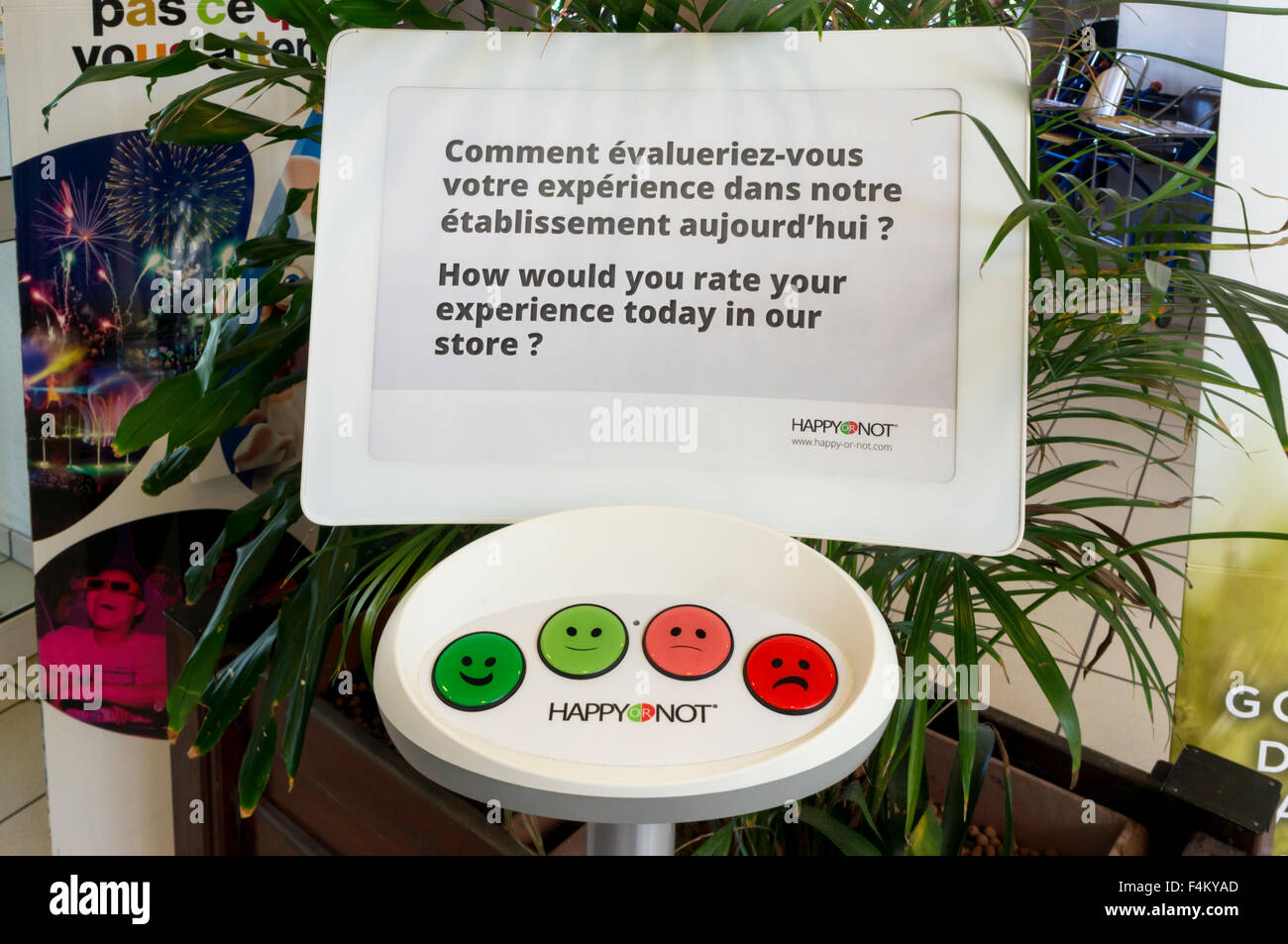

Public Accuracy Tests are open to the public-contact your local election official to find the time and location of their next scheduled test. Some equipment is also tested at a Public Accuracy Test shortly before the election. For the preliminary testing, ballots are marked with assistive voting devices, a set of pre-marked ballots is fed into the ballot tabulators, and the machine's totals are compared with the pre-determined results. Pre-Election Testingīefore every election, local election officials test all equipment to be used in that election. Election Assistance Commission and undergo detailed additional testing by the Office of the Minnesota Secretary of State. Certificationīefore being certified for use in Minnesota, all voting equipment must be tested and certified by test labs accredited by the U.S. Equipment is approved by the state, tested locally before elections, and the results audited after elections. Minnesota election administrators use a number of procedures to ensure equipment will accurately record valid votes. Only one kind of electronic pollbook is used currently:
Imagecast precinct tabulator registration#
Electronic pollbooks are used to check in registered voters and also to assist in the election day registration process.

Some polling places in Minnesota use electronic pollbooks (also known as ePollbooks) instead of paper rosters. This equipment includes:Īdditional information about this equipment and its capabilities is on the Ballot Marking Machine webpage. They are separate pieces of equipment from the tabulators, and do not actually tally votes but merely help a voter mark an optical scan ballot. Assistive voting devices fulfill this role. With a few exceptions, federal law requires that all polling places must have equipment which allows private and independent voting for voters with disabilities. View a map of ballot tabulators used in the 2020 general election. In addition, some precincts in the state are still counted by hand. Other tabulators have been used in the past.


 0 kommentar(er)
0 kommentar(er)
